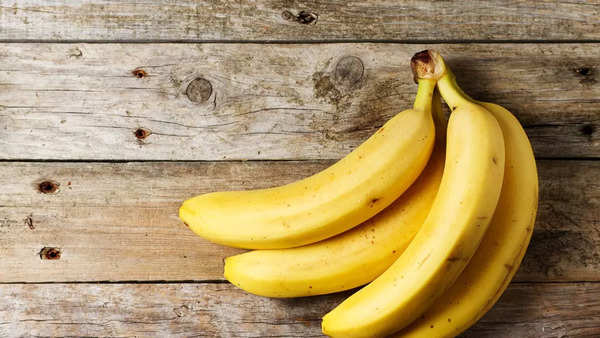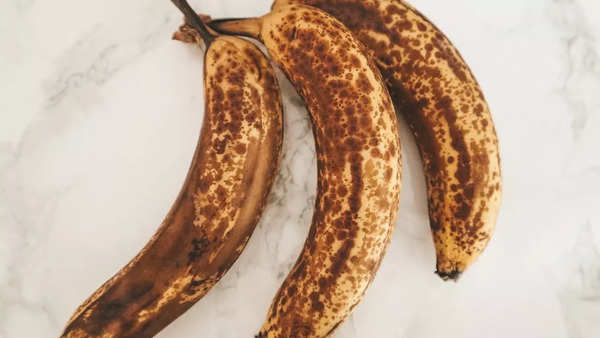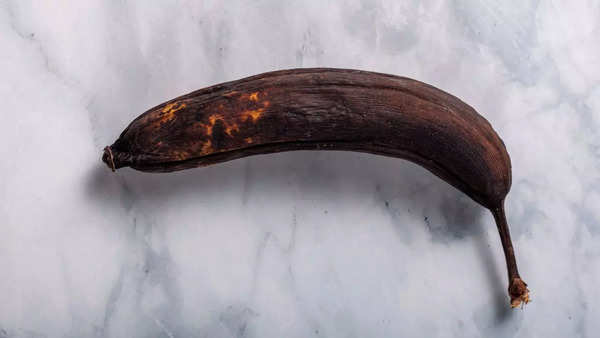Nutrients in ripe bananas?
Ripe bananas undergo changes in their nutritional composition as they transition from green to yellow and eventually develop brown spots.While the color transformation may be off-putting to some, it’s important to note that ripe bananas are still packed with essential nutrients. As bananas ripen, their starch content converts into sugars, making them sweeter and more palatable. Despite this increase in sugar content, ripe bananas remain a good source of several key nutrients, including:

Potassium: Ripe bananas are renowned for their high potassium content, which plays a vital role in regulating blood pressure, muscle function, and nerve signaling.
Fiber: As bananas ripen, their fiber content increases, aiding digestion and promoting a feeling of fullness.
Vitamins: Ripe bananas contain various vitamins, including vitamin C, vitamin B6, and vitamin A, which support immune function, energy metabolism, and vision health.
Antioxidants: The antioxidant levels in bananas may also increase as they ripen, providing protection against oxidative stress and inflammation.
Is it fit for consumption?
Despite their nutritional benefits, consuming ripe bananas, particularly after they develop brown spots or become overly soft may arise confusion about its freshness. Make sure to check for these factors before you end up eating ripen bananas.

Mold
Brown spots on ripe bananas may sometimes be mistaken for mold. While it’s essential to inspect bananas for signs of mold growth, small brown spots are just an indication of ripeness and do not pose a health risk.
Sugars
Ripe bananas contain higher levels of natural sugars compared to unripe ones. While this may concern individuals monitoring their sugar intake, the sugars in bananas are primarily natural and accompanied by fiber, which helps regulate blood sugar levels.
Texture
Some people prefer the firmer texture of unripe bananas and may find the mushier consistency of ripe bananas less appealing. However, the change in texture does not affect the safety or nutritional value of the fruit.

Tips for consuming ripe bananas:
Check the bananas for signs of mold or damage before consuming them.
Store ripe bananas in a cool, dry place to slow down the ripening process and extend their shelf life.
Use ripe bananas promptly or freeze them for later use in smoothies, baking, or desserts.
Enjoy ripe bananas as part of a balanced diet, alongside other fruits, vegetables, whole grains, and lean proteins.
Conclusion
In a nutshell, it can be said that ripe bananas are safe and nutritious to eat, despite changes in appearance, texture, and taste. While concerns about mold, sugar content, and texture may arise, understanding the natural ripening process and following proper storage before consumption can reduce the risk of consuming spoilt bananas.
